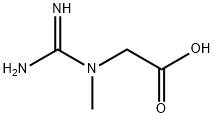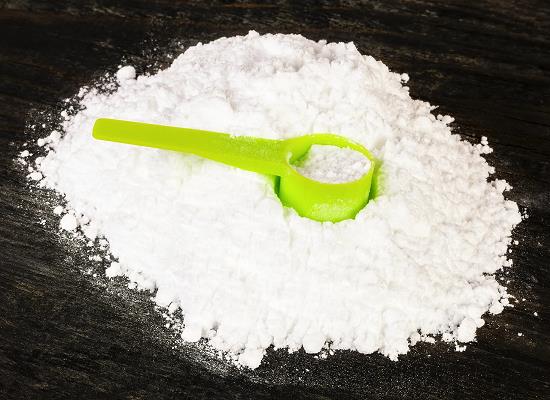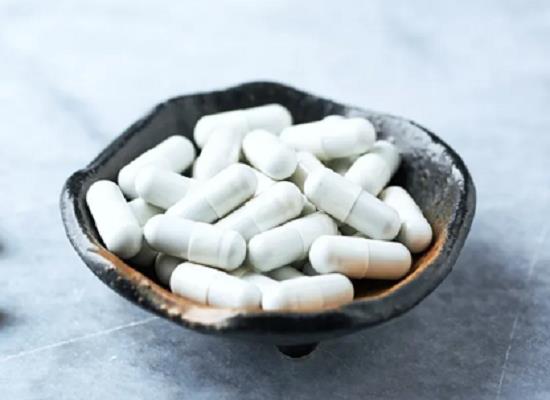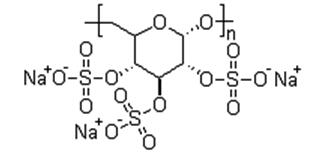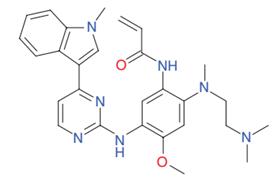Application and Safety concerns of Creatine
Creatine is a chemical that is found in the body. It is found mostly in muscles but also in the brain. It is also found in foods such as red meat and seafood. Creatine can also be made in the laboratory.
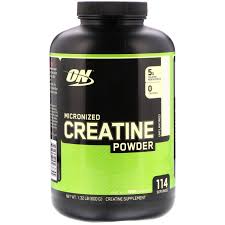
Application
Creatine is most commonly used for improving exercise performance and increasing muscle mass in athletes and older adults. There is some science supporting the use of creatine in improving the athletic performance of young, healthy people during brief high-intensity activity such as sprinting. Because of this, creatine is often used as a dietary supplement to improve muscle strength and athletic performance. In the U.S., a majority of sports nutrition supplements, which total $2.7 billion in annual sales, contain creatine.
Creatine use is allowed by the International Olympic Committee, National Collegiate Athletic Association (NCAA), and professional sports.
In addition to improving athletic performance and muscle strength, creatine is taken by mouth for creatine deficiency syndromes that affect the brain, aging, bone density, chronic obstructive pulmonary disease (COPD), congestive heart failure (CHF), depression, diabetes, exercise tolerance, fibromyalgia, Huntington's disease, disease that cause inflammation in the muscles (idiopathic inflammatory myopathies), Parkinson's disease, diseases of the muscles and nerves, multiple sclerosis, muscle atrophy, muscle cramps, breathing problems in infants while sleeping, head trauma, Rett syndrome, an eye disease called gyrate atrophy, inherited disorders that affect the senses and movement, schizophrenia, muscle breakdown in the spine, and recovery from surgery.
It is also taken by mouth to slow the worsening of amyotrophic lateral sclerosis (ALS, Lou Gehrig's disease), osteoarthritis, rheumatoid arthritis, McArdle's disease, and for various muscular dystrophies.
People apply creatine to the skin for aging skin.
Safety concerns
Creatine is LIKELY SAFE when taken by mouth at doses up to 25 grams daily for up to 14 days. Lower doses up to 4-5 grams taken daily for up to 18 months are also LIKELY SAFE. Some early research also suggests that creatine is POSSIBLY SAFE when taken in doses up to 10 grams daily for up to 5 years.
Creatine can cause stomach pain, nausea, diarrhea, and muscle cramping.
Creatine causes muscles to draw water from the rest of your body. Be sure to drink extra water to make up for this. Also, if you are taking creatine, don't exercise in the heat. It might cause you to become dehydrated.
Many people who use creatine gain weight. This is because creatine causes the muscles to hold water, not because it actually builds muscle.
There is concern that creatine might cause irregular heartbeat in some people. But more information is needed to know if creatine can cause this problem.
Special precautions & warnings
Pregnancy and breast-feeding: There is not enough reliable information about the safety of taking creatine if you are pregnant or breast feeding. Stay on the safe side and avoid use.
Children: Creatine is POSSIBLY SAFE in children when taken by mouth appropriately. Creatine 3-5 grams daily for 2-6 months has been taken safely in children 5-18 years of age. Creatine 2 grams daily for 6 months has been taken safely in children 2-5 years of age. Additionally, creatine 0.1-0.4 grams/kg daily for up to 6 months has been taken safely in both infants and children.
Bipolar disorder: There have been cases of manic episodes in people with bipolar disorder who took creatine daily for 4 weeks. Creatine might make mania worse in people with bipolar disorder.
You may like
Related articles And Qustion
See also
Lastest Price from Creatine manufacturers
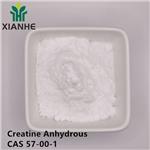
US $0.00/kg2025-04-30
- CAS:
- 57-00-1
- Min. Order:
- 1kg
- Purity:
- 0.99
- Supply Ability:
- 1000kg

US $0.00/KG2025-04-21
- CAS:
- 57-00-1
- Min. Order:
- 1KG
- Purity:
- 98%min
- Supply Ability:
- 30tons/month
